Soil Testing & Characterization
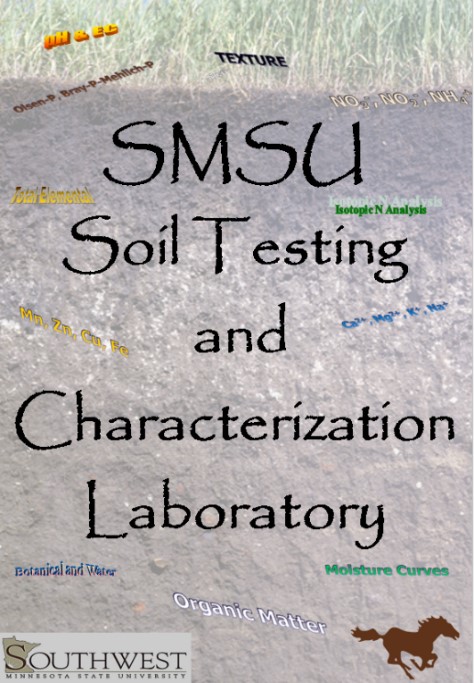
The Southwest Minnesota State University (SMSU) Soil Testing and Characterization Laboratory (Figure 1) is an essential part of prudent soil and water nutrient and environmental management strategy. A soil testing laboratory in Southwest Minnesota is supportive to the area, and provides a unique and valuable service-learning educational opportunity for students majoring in Agronomy, Biology, Chemistry, and Environmental Science. The student trained and operated Soil Testing and Characterization Laboratory is a novel approach to effect behavioral change as students develop a sense of ownership. The science methodology and service learning components of this laboratory are vast. Students become active contributing citizens and community members through the training, education, and laboratory services they provide. This endeavor fosters the SMSU Science Department Goals 1 – 6, and Student Outcomes 2 & 3 as follows:
Science Department Goals:
- To foster innovative teaching.
- To promote critical thinking and logical problem solving.
- To encourage regional collaborations between K–12 schools, government agencies, industry, and the department.
- To guide students toward becoming self–actualized individuals.
- To share our enthusiasm for science.
- To be life–long learners in, and contributors to, our specific disciplines.
Student Outcomes 2 & 3
Students who complete a science major should:
- Generate, evaluate, and communicate scientific evidence.
- Demonstrate proficiency with a variety of scientific techniques.
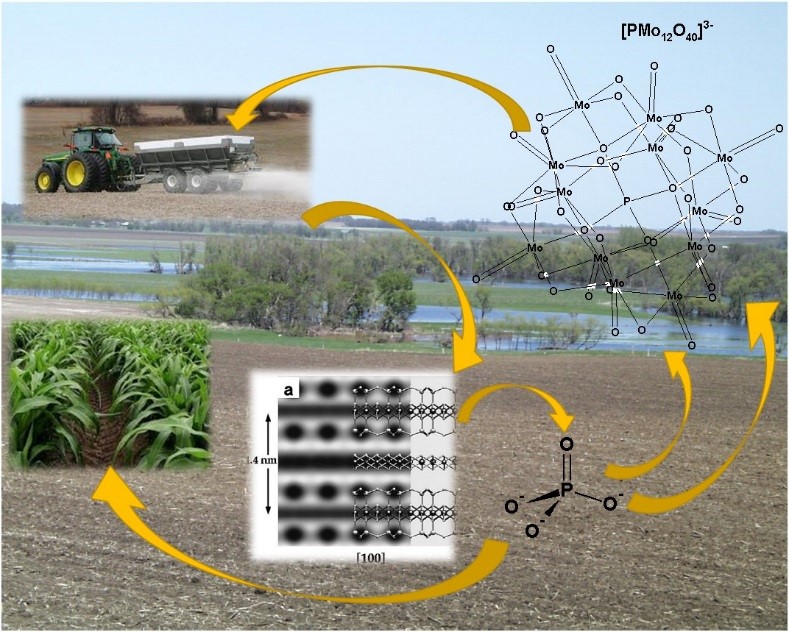
Our Vision
The vision of the SMSU Soil Testing and Characterization Laboratory is to: 1) serve as a springboard to student designed, field-plot yield response trials in cooperation with SMSU Agronomy Program and the Southwest Research and Outreach Center in Lamberton, MN, 2) provide the basis for an Environmental Research and Outreach Center, and 3) expand its services to include botanical, water, total elemental, environmental, and specialty analyses, e.g., Isotopic N analyses, and soil moisture release. The SMSU Soil Testing and Characterization Laboratory is unique, and has distinguished itself from other testing laboratories by adopting a student trained and student operated structure, and by offering diverse soil chemical and physical analytical services.
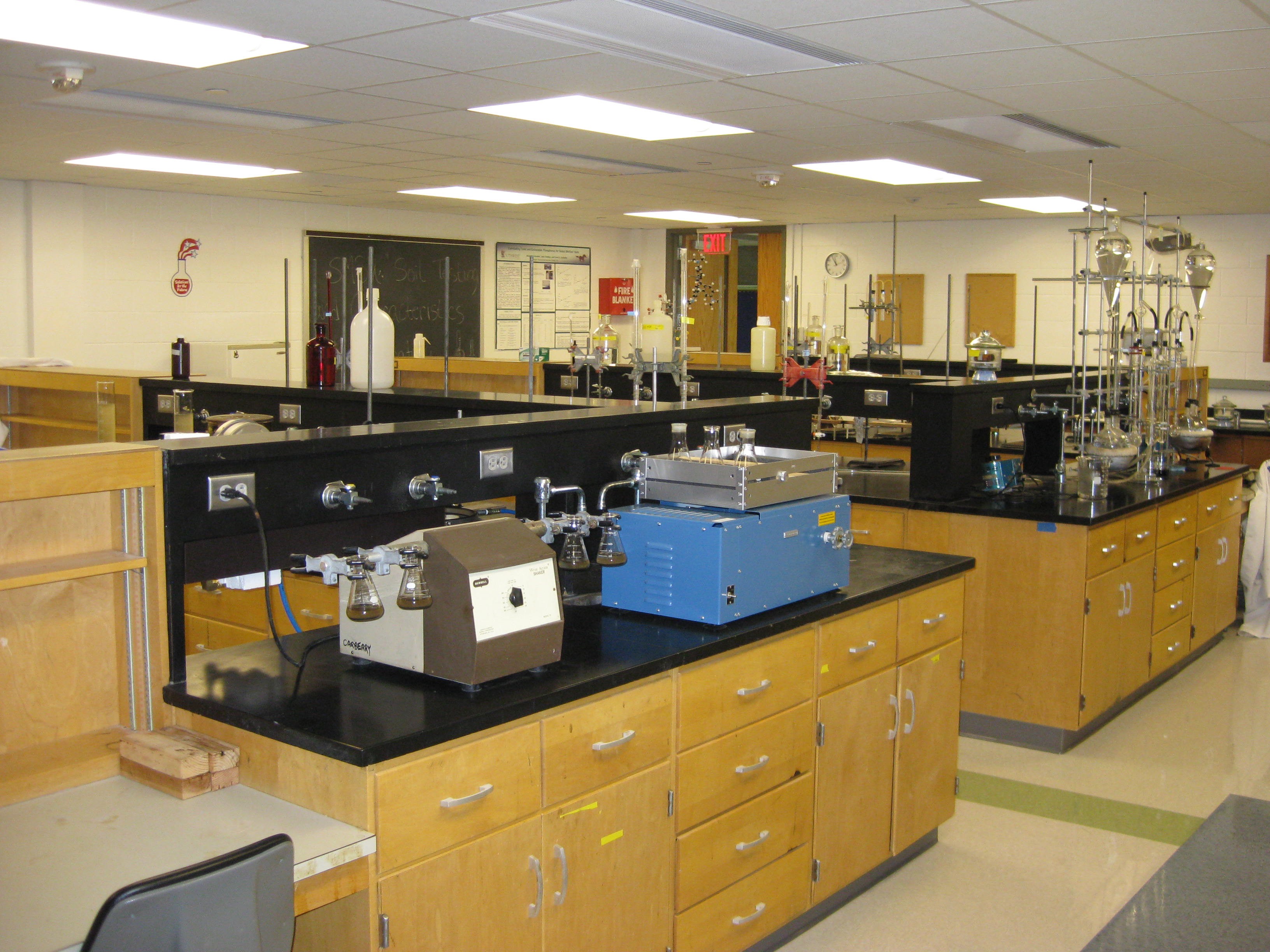
Figure. 1. Inside the SMSU Soil Testing and Characterization Laboratory.
Students working in the SMSU Soil Testing and Characterization Laboratory are responsible for the daily operations of the laboratory, and ensuring quality control measures are in place. Students analyze soil samples submitted by industry, research, homeowners, growers, and the Agricultural Laboratory Proficiency Testing Program (ALP) of Colorado State University. The samples submitted to ALP are required for certification with the Minnesota Department of Agriculture (MDA). To become certified, our laboratory must have acceptable results in at least three of the five following tests: phosphorus (by Bray or Olsen), potassium (by ammonium acetate), buffer pH (SMP or Sikora), soil organic matter (LOI or Walkley-Black), and inorganic nitrogen (NO3-N & NH4-N). All SMSU students listed in Table 1 were instrumental in procuring the laboratory’s first certification in 2013, and in ensuring its continued certification with the MDA (Figure 2).
Students working in the SMSU Soil Testing and Characterization Laboratory are expected to assume the role of mentor and educator. Veteran students train newly interested Agronomy, Environmental Science, Chemistry and/or Biology students in performing the analyses in the laboratory with emphasizes on quality assurance/quality control (QA/QC).
Table 1. Current and Past SMSU Soil Testing and Characterization Laboratory Student Technicians.
| Student | Major |
|---|---|
| Rachel Patnoe | Biology |
| Alesha Finkey | Exercise Science |
| Laura Ness | Biology |
| Monica Fales | Biology |
| Chryseis Tvedt | Agronomy |
| Sheri Woitalewicz | Chemistry/Biology |
| Samantha Ritter | Environmental Science |
| Emma Christensen | Agronomy |
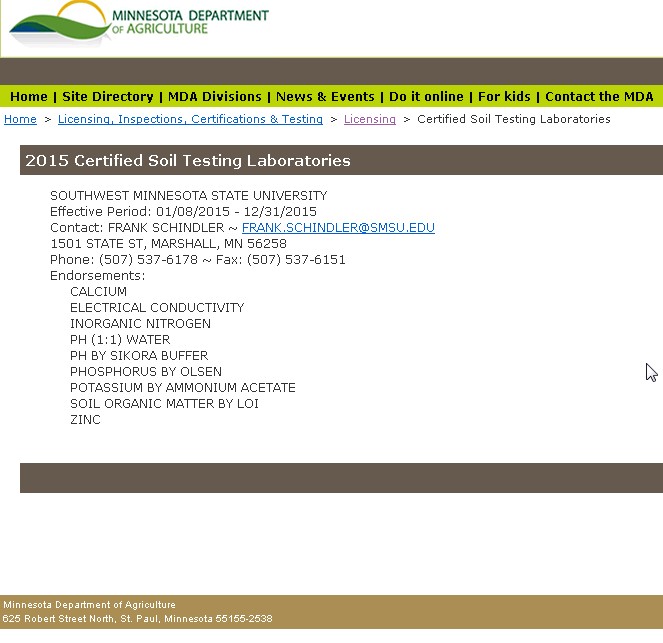
Figure 2. SMSU’s laboratory certification as listed on the Minnesota Department of Agriculture’s website.
Not only does the SMSU Soil Testing and Characterization Laboratory provide students an opportunity to build their analytical and general laboratory skills, it serves as a conduit to other, more advanced student research and method development projects; projects that directly contribute to the laboratory’s overall vision. For instance, Agronomy students Emma Christensen and Casey Field conducted greenhouse studies to evaluate the effect of sulfur on dry matter yield of corn grown on high organic matter soil, and the effects of AVAIL® phosphorus fertilizer enhancer treatments on the height and dry weight of a field corn, respectively (Figure 3). Moreover, Samantha Ritter, an SMSU graduate of Environmental Science, evaluated the intrinsic surface charge of a layered silicate soil. Samantha’s project was the first step to characterizing the sorption capacity of a common mixed clay-type for select heavy metals, and paved the way for more detailed study of the mixed phyllosilicate’s mineralogy using X-ray diffraction and its sorption capacity and affinity for Zn(II), Pb(II), Cu(II), and Cd(II) using batch sorption experimentation and isotherm modeling (Figure 4). The X-ray diffraction and isotherm modeling study is being conducted by SMSU Chemistry and Biology major, Seifemichael Kenea.
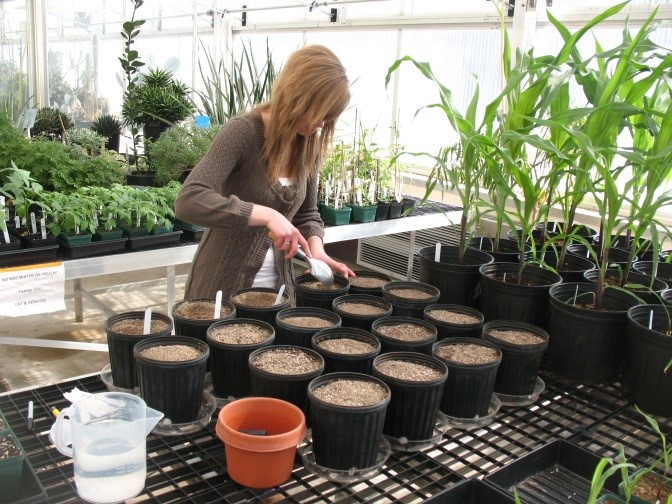
Figure 3. Emma Christensen, an Agribusiness and Agronomy major preparing greenhouse pots to evaluate the effect of sulfur on dry matter yield of corn grown on high organic matter soil.
The SMSU Soil Testing and Characterization Laboratory has begun expanding its analytical services to include water and isotopic N analyses through the method development efforts of Carey Duraiappa and Sheri Woitalewicz, a Biology and a Chemistry/Biology double major, respectively. Carey is developing a protocol for routine analyses of the atom percentage 15N of inorganic nitrogen using the coupled instrumentation of gas chromatography and mass spectrometry (GC/MS). Her efforts would augment the SMSU by creating a routine analysis for soil and water samples submitted as part of research studies that use 15N labeled materials to assess the fate of inorganic N fractions in environmental systems. Sheri has been setting up and testing the equipment and protocols for analyzing water samples for total suspended solids, nitrate plus nitrite by Cu/Cd reduction, and total and total dissolved phosphorus (Figure 5).
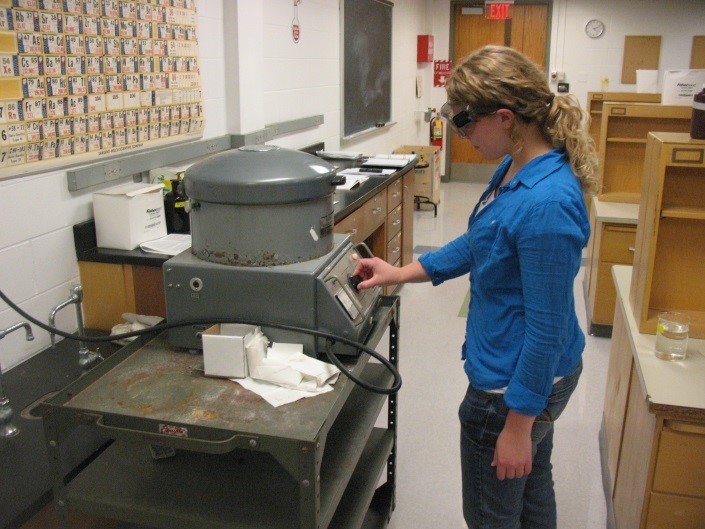
Figure 4. Samantha Ritter using the centrifuge to isolate the clay-size fraction of her soil sample.
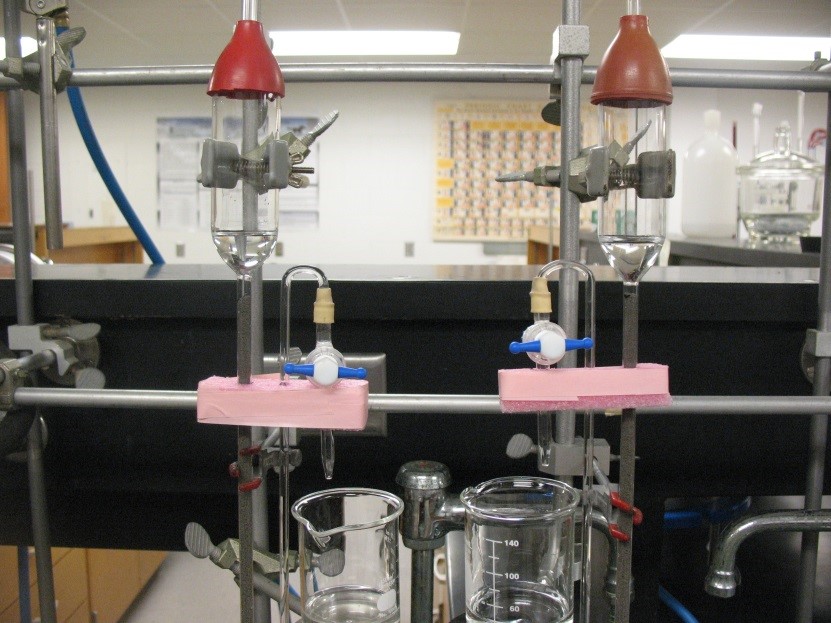
Figure 5. A pair of Cu/Cd reduction columns for determining the nitrate plus nitrite concentrations in water samples.
Acknowledgements: The SMSU Soil Testing and Characterization Laboratory was made possible through the dedicated work of all students listed in Table 1, and the financial support of the Southwest Minnesota State University Foundation, the Minnesota Corn Growers Association, and the SMSU Faculty Improvement Grant Program.
Last Modified: 6/8/22 5:14 PM | Website Feedback


